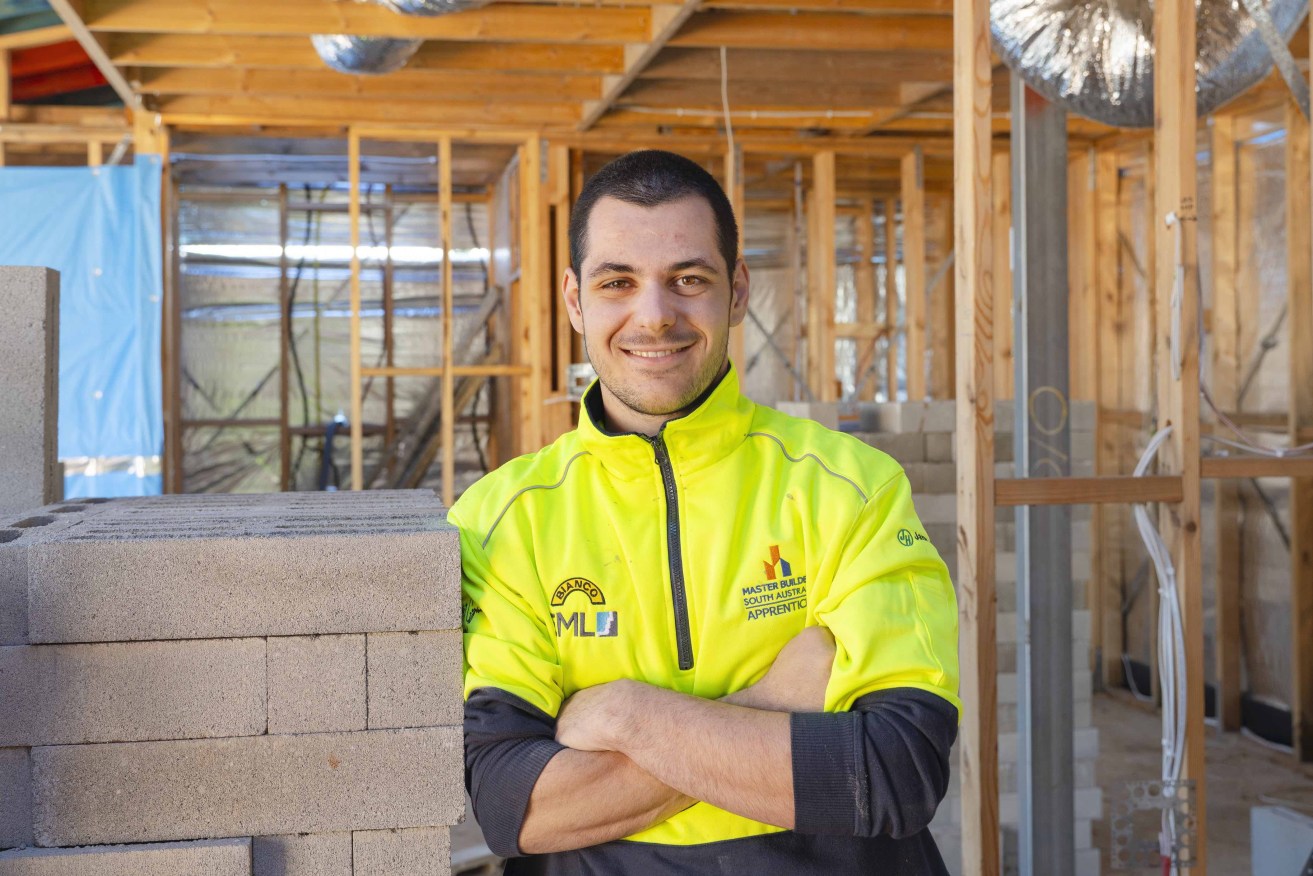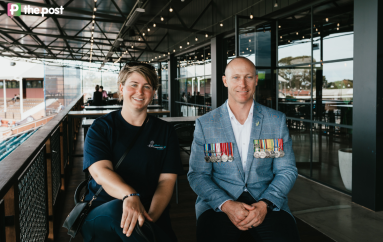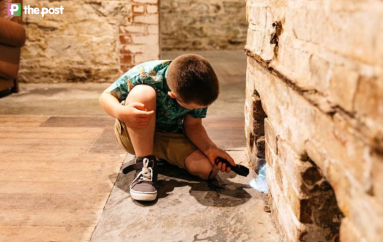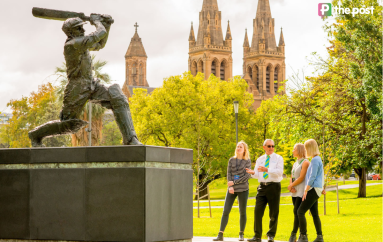Why finding a tradie is so hard in SA
South Australia’s stronger housing construction market is causing headaches for the building industry and homeowners alike, with a report confirming how hard it is to find skilled tradespeople.


SA is one of the state's hardest hit by a shortage of tradies. Photo: Master Builders SA.
The latest Housing Industry Trades report shows the most acute shortages of skilled tradespeople in the September quarter 2023 were in Queensland, followed by South Australia and Western Australia.
HIA senior economist Tom Devitt said the figures were the downside to a higher housing demand boom in SA over the pandemic, and warned that the return of skilled migration and national slowing in home building activity was not alleviating the problem.
There are currently about 75,000 people working in the South Australian building industry and SA industry leaders have projected demand for 15,000 more tradies by 2027.
Master Builders SA is actively campaigning for more South Australians to take on trade apprenticeships, and says it has about 20 apprenticeship jobs on its books that it can’t fill.
The industry’s Trades Availability Index deteriorated marginally in the September quarter to -0.65 compared to -0.62 in the June Quarter 2023, showing builders across the nation find it increasingly difficult to find enough skilled trades people for building work.
“Despite this improvement over the past year, the most recent reading highlights how Australia’s home building sector continues to be constrained by some of the most acute shortages of skilled tradespeople on record,” Devitt said.
“The RBA’s steep interest rate increases since May 2022 have seen the volume of new work entering the pipeline slowing significantly. This resulted in Australia commencing just 25,390 new houses in the June Quarter 2023, to be one of the weakest quarters of the last decade.”
Master Builders SA chief executive officer Will Frogley said data from the September Quarter 2023 showing there is particularly strong demand for bricklayers, roofers, carpenters and ceramic tiler nationally was also being reflected locally.
However, Forgley said there was also strong demand for electricians and plumbers as SA deals with several mitigating factors creating trade shortages, including an ageing population and ageing trades people demographic.
He flagged future concerns in the construction industry competing to get more young people into trades, particularly with the upcoming demand expected with the nuclear-powered submarines being built in SA under the AUKUS deal.
“It’s good for the state obviously but there’s more competition for labour, I think that’s why it’s going to be so hard to hit that target of 15,000 by 2027,” Frogley said.
He said the industry needs to build on the about 15 per cent of women in the construction industry “and one to two per cent on the tools” if wants to hit targets.
The organisation is backing a Born to Build campaign with field officers visiting schools and sporting clubs to recruit potential new tradespeople.
The campaign supported by the State Government is also tackling the Adelaide Footy League, to promote trades, with Frogley saying young people learning a trade can quickly “earn six figures once they have completed an apprenticeship”.
Born to Build gives Adelaide Footy League members interested in apprenticeships access to free initiatives including White Card training (onsite safety training) and access to the HIVIZ Women Building South Australia mentoring program to support women in the industry, along with an on-site try-a-trade program.
There are also work experience opportunities through the football clubs with Born to Build industry ambassadors.
Frogley said the latest figures show there is also good news for growth in the industry as the cost of building construction materials stabilises.
“Material prices have cooled down but trade shortages are still a really big problem,” he said.
[solstice_jwplayer mediaid=”YozMGjgM” playerid=”Meorb6nj” caption=”Sponsored video: The Post” /]




